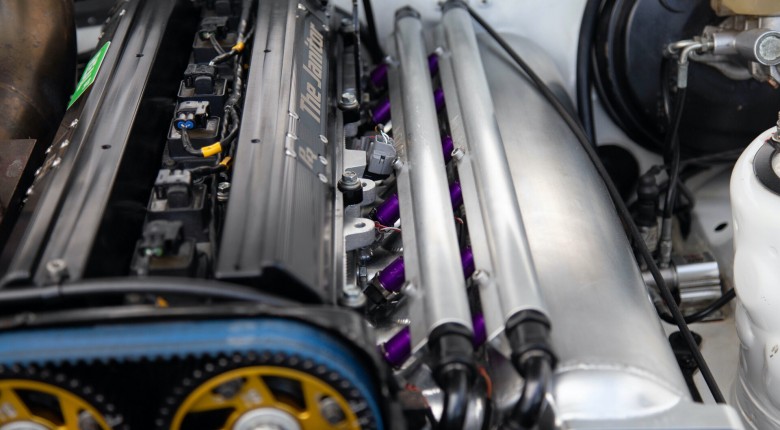The Toyota 2JZ-GTE is one of the most iconic and beloved engines ever produced.
Renowned for its exceptional strength and ability to make BIG power, the 3000cc straight-six 2JZ-GTE has become a favourite among racers, tuners, and street heroes across the globe.
This article delves into the history, specifications, and versions of this legendary motor, where it can be found, its weak points, and the reasons behind its enduring popularity. You’ll also gain some practical insights on tuning the 2JZ and learn about alternative options now that this bulletproof straight six is getting older and harder to find.
In this article you'll find:
1. History of the 2JZ-GTE
2. Why do people love the 2JZ?
3. Where can you find a 2JZ Engine?
4. 2JZ-GTE Factory Specs
5. Pros and Cons of the 2JZ Engine
6. Known Weaknesses
7. Tuning a 2JZ Engine
8. 2JZ Engine Alternatives
9. Getting the most from your 2JZ
A Brief History of the 2JZ-GTE
The story of the 2JZ-GTE begins in the late 1980s and early 1990s, a time when Toyota was looking to enhance its presence in the high-performance vehicle market.
At that point, Toyota’s flagship performance straight six was the three-litre 7M-GTE, which powered the third-gen Supra (A70) and second-gen Soarer (Z20). While it was a decent engine for its time, it did suffer from several well-known weaknesses and lacked the robustness Toyota was after.
The goal was to develop an engine that could rival the best in the industry, particularly the game-changing RB26DETT powering the recently-released Nissan R32 Skyline GT-R. Toyota aimed to create a powerplant that was not only powerful but also exceptionally reliable and capable of handling far greater power levels in motorsport applications without compromising durability.
The JZ family of engines debuted in 1990 with the introduction of the 1JZ-GTE, a 2.5-litre inline-six twin-turbo engine. The success of the 1JZ-GTE laid the groundwork for its larger and more powerful sibling.

In 1991, Toyota introduced the 2JZ-GTE. This engine uses the same bore size and general architecture as the 1JZ, but features a taller block and longer rods to allow for an increased stroke.
The square (same bore and stroke) 2JZ features a cast-iron block and aluminium DOHC 24-valve head. It uses a sequential twin-turbocharger system, making a very 90s Japanese power figure of 276hp (206kW) at the flywheel.
The 2JZ-GTE was initially used in the 1991 Toyota Aristo (JZS147) and later became the iconic heart of the turbocharged Toyota Supra (JZA80), which debuted in 1993.
In mid-1997, the 2JZ-GTE was updated with Toyota’s VVTi variable valve timing system. This version was used in the Supra until its discontinuation in 2002 and the newer Aristo (JZS161) until its discontinuation in 2005.
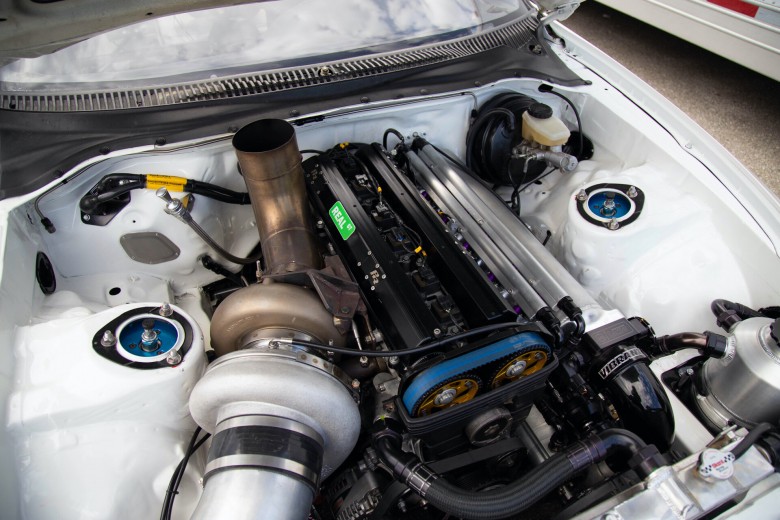
It’s important to note that there are several differences between the JDM and USDM market 2JZs, with the USDM market cars making more power in factory form due to different turbos, fueling, and more. JDM 2JZs also use a MAP sensor, while the USDM version uses a MAF sensor — more on these differences soon.
The 2JZ was also available in naturally aspirated form as the 2JZ-GE and 2JZ-FSE — the latter arriving in 2000 and featuring direct injection but not suitable for turbocharging. The 2JZ-GE, on the other hand, is very similar to the 2JZ-GTE but lacks oil squirters and dished pistons. These pistons, along with a thinner head gasket, result in a higher 10:1 compression ratio — many examples have been successfully turbocharged over the years.
Why Do People Love the 2JZ Engine?
“2JZ, no sh*t”!
Of any engine to come out of Japan, the 2JZ arguably enjoys the greatest cult status of them all. Unlike many of the other vehicles and engines referenced in 2001’s The Fast and the Furious film, however, the cast’s reverence for the 2JZ was absolutely justified.
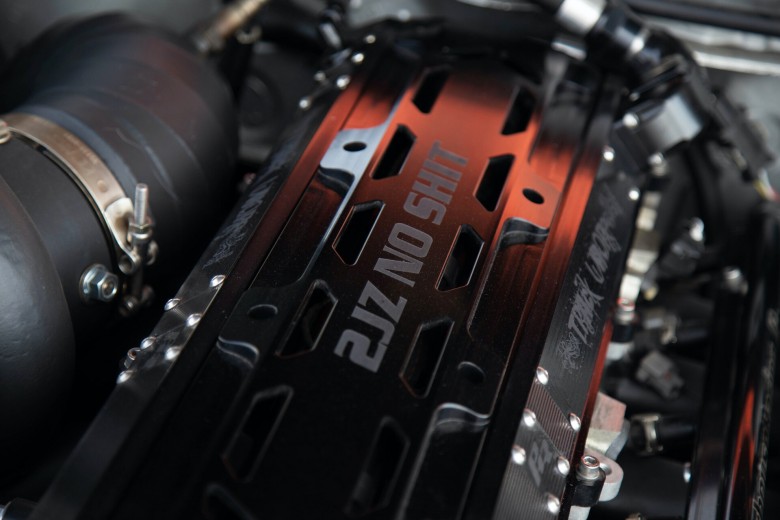
Even if it was a cheesy movie that brought the 2JZ to the attention of the casual masses, its credentials when it comes to strength, reliability, and ability to make massive power kept this motor in the hearts of any self-respecting enthusiast.
The 2JZ is capable of 1000hp stock (though engine life will be dramatically compromised at this kind of power, depending on how it’s being used), and well in excess of 2000hp with the right recipe of aftermarket internals, which are widely available nearly anywhere in the world.
All these factors make the 2JZ still one of the most loved motors on the planet, despite the fact that it’s over 30 years old and hasn’t been in production since 2005.
Where Can You Find 2JZ Engines?
Toyota’s 2JZ-GTE engine came in the following models:
- 1991-1997 Toyota Aristo V (JZS147)
- 1998-2005 Toyota Aristo V300 (JZS161)
- 1993-2002 Toyota Supra RZ/Turbo (JZA80)
You’re not limited to this dwindling supply of salvage vehicles though, as Toyota currently still produces and sells brand-new 2JZ engine components like the block and head (newer VVTi version only).
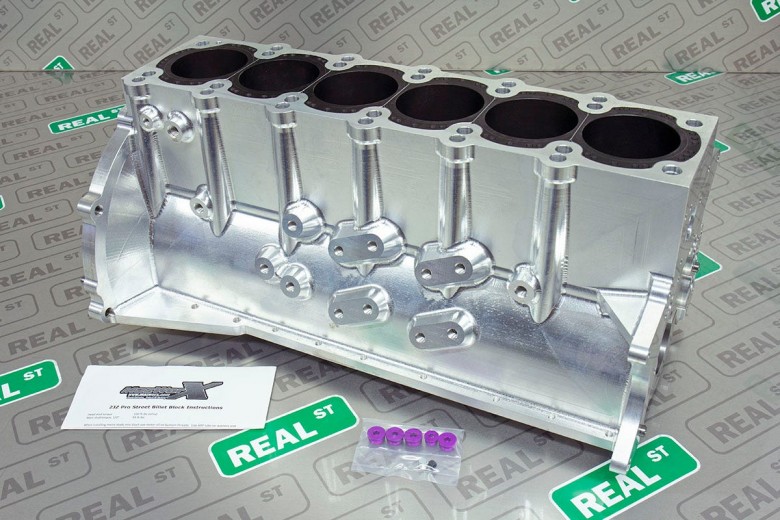
Alternatively, due to the motor’s popularity in the enthusiast market, aftermarket billet versions of the 2JZ block and head are available from companies such as Titan Motorsports, Bullet Race Engineering, and Mazworx. Dart has also just started producing an aftermarket cast block.
As you’d expect, none of these options are cheap, however they do allow you to push well past the limitations of the factory block.
Factory Specifications of the 2JZ-GTE
Architecture: Four-stroke, inline six-cylinder, 86.0mm bore, 86.0mm stroke, 8.5:1 compression ratio
Production: 1991-2005
Displacement: 2997cc
Block: Iron-construction closed-deck, seven-bearing support, forged crankshaft, dished aluminium pistons, under-piston oil squirters
Head: Aluminium 24-valve twin cam (VVTi variable valve timing system added mid-1997)
Cam specs: 7.8/8.25 lift and 224°/233° duration (JDM), 8.25/8.25 lift and 233°/233° duration (USDM)
Load measurement metering: MAP (JDM), MAF (USDM and VVTi)
Fueling: 440cc high-impedance injectors (JDM), 550cc low-impedance injectors (USDM)
Cam timing: Belt
Turbochargers: x2 CT20 ceramic turbine wheel (JDM), x2 CT12B steel turbine wheel (USDM)
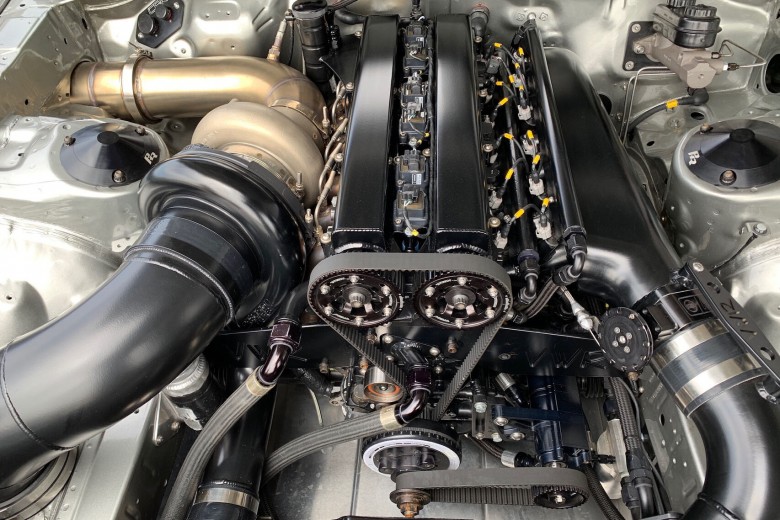
If you’d like to take a more in-depth look at the inner workings of a 2JZ, check out this excellent breakdown video from Haltech’s Scott Hilzinger.
Pros & Cons of the 2JZ Engine
There’s a whole lot to love about the 2JZ-GTE and not that much to hate. Let’s take a quick look at the most important pros and cons.
Pros:
- The ability to make an easy 600hp completely stock internally and retain factory levels of durability and reliability, or 800hp with the simple addition of aftermarket main bearing caps.
- The ability to make 2000HP using aftermarket internals and stock block.
- Huge aftermarket support.
- Popularity means that the path to making power has been proven and documented many times over.
- Extremely robust and capable of putting up with a lot of abuse, depending on power levels and internals.
- Many OEM parts are still available from Toyota.
Cons:
- It’s a fairly heavy and long engine, which may compromise handling balance in engine-swapped vehicles.
- The supply of used engines has been drying up in recent years, making them harder to find.
- Due to the dwindling supply, 2JZs are becoming more and more expensive — even for very well-used examples. The alternative is OEM from Toyota, which is also not cheap.
- Being an old motor, the 2JZ is fairly low-tech by today’s standards, however, that’s not necessarily a bad thing.
- Despite its bulletproof reputation, the 2JZ does have some minor weaknesses, which we’ll cover next.
Known Weaknesses
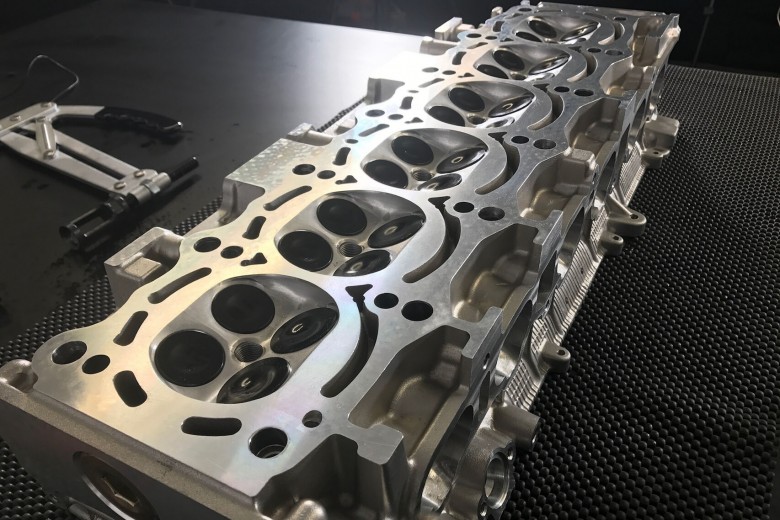
When dealing with a stock motor, it’s important to understand that the 2JZ-GTE does have some minor weak points that should be taken into account when building or tuning this motor:
- If you’re planning on retaining the factory sequential twin-turbo system, understand that it’s complex and can suffer from reliability issues, particularly in the changeover from the first to the second turbo. The turbos themselves can also be fragile, especially if the motor came out of a JDM vehicle, as ceramic turbine wheels were used. Ceramic does not like boost or ignition cut-style limiters!
- While this engine is incredibly stout internally, it does have one weak point — the main bearing caps. This will only really be an issue if you’re planning to push up to and over the 800hp mark.
- The 2JZ’s valve stem seals have a reputation for prematurely wearing out, resulting in excessive oil consumption and smoke, especially on start up.
- Factory 2JZ coil packs have a tendency to fail, especially once boost and power levels increase. Good aftermarket options are readily available.
- Although very strong, the factory head does have its limitations and tends to crack in serious applications — and by serious we mean five and six-second quarter-mile territory.
Tuning a 2JZ-GTE
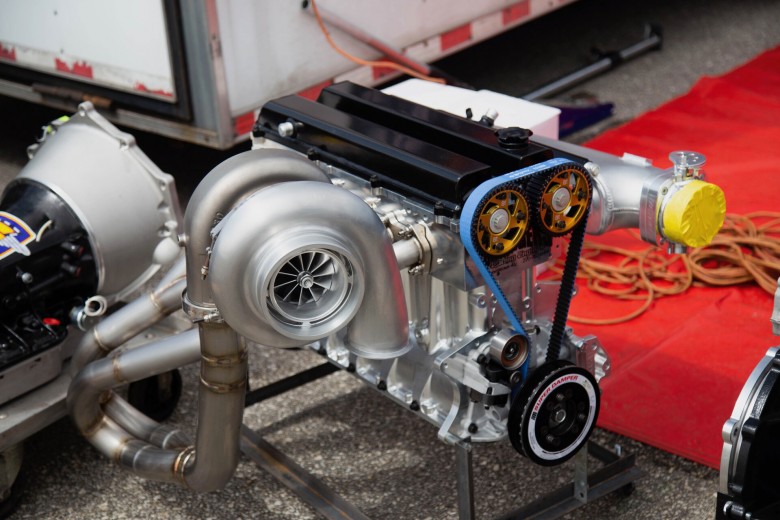
While tuning a 2JZ-GTE is just like tuning any other engine, there are some specific factors to consider:
- The factory Toyota ECU can’t be reflashed. This means that you’ll need to invest in an aftermarket computer to run either as a standalone, or in tandem with the factory ECU — known as a ‘piggyback’ setup. This is especially useful if the vehicle is automatic, as the factory computer controls the transmission. Of course, if you’re swapping a 2JZ into another chassis, you’ll be going standalone regardless.
- As we mentioned earlier, a 2JZ’s main bearing caps are the first internal item to let go on a stock motor, so these should be replaced with billet versions if you’re planning on anywhere near 800hp and up.
- If your 2JZ is a later model that uses the VVTi head, you’ll need to ensure you know what you’re doing when it comes to tuning the cam control side of the equation. It also limits how aggressive you can go with cam grinds. If you want to make sure you’re doing this the right way check out the Cam Control Tuning course.
- Lastly, although a stock 2JZ can make 1000hp, longevity isn’t going to be its strong point. How long it lasts will depend on how it’s driven and, of course, how well it’s tuned. The reality is, at this kind of power, a stock motor pushing 1000hp is going to be useful as a dyno queen and not much else. If you’re looking to actually beat on a stock 2JZ-powered car and drive it hard, often, a 600hp limit is sensible.
2JZ Engine Alternatives
For the last couple of decades, the 2JZ has been at the top of the six-cylinder engine swap candidate list for many in the performance street and motorsport worlds. But that doesn’t mean that there aren’t some great alternatives out there that may well be easier to source and cheaper to buy these days, if perhaps not as well supported or stout in unopened form.
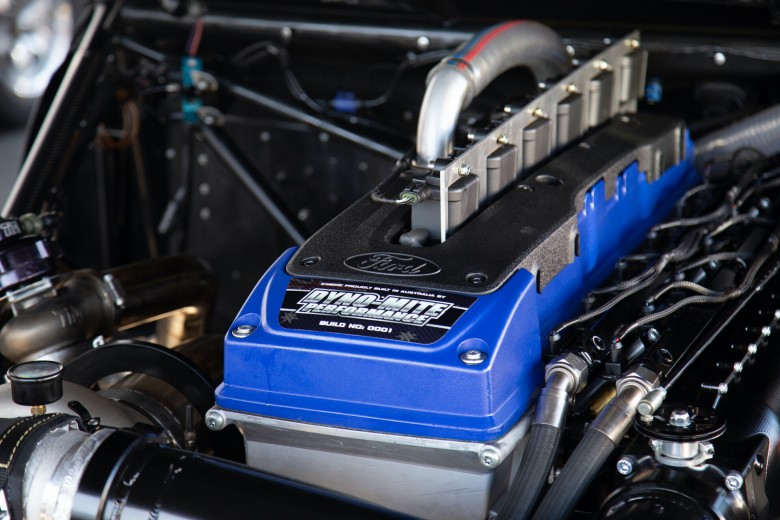
Here are some great six-cylinder options that could be worth looking into:
- Ford Barra Turbo (4-litre I6 turbo)
- Toyota 1JZ-GTE (2.5-litre I6 twin and single turbo)
- BMW N54 (3-litre I6 twin turbo)
- BMW N55 (3-litre I6 single turbo)
- BMW B58 (3-litre I6 single turbo)
- Nissan VR38DETT (3.8-litre V6 twin turbo)
- Nissan RB26DETT (2.6-litre I6 twin turbo)
Get the Most From Your 2JZ Engine
If you’ve come this far in the article, it means you’re still committed to the 2JZ cause — that’s perfect because these are incredible motors that, when built and tuned correctly, are some of the most potent straight sixes on earth.
So what’s next?
If it’s time to get serious about your 2JZ build, High Performance Academy’s engine building and tuning courses will help you do it the right way.
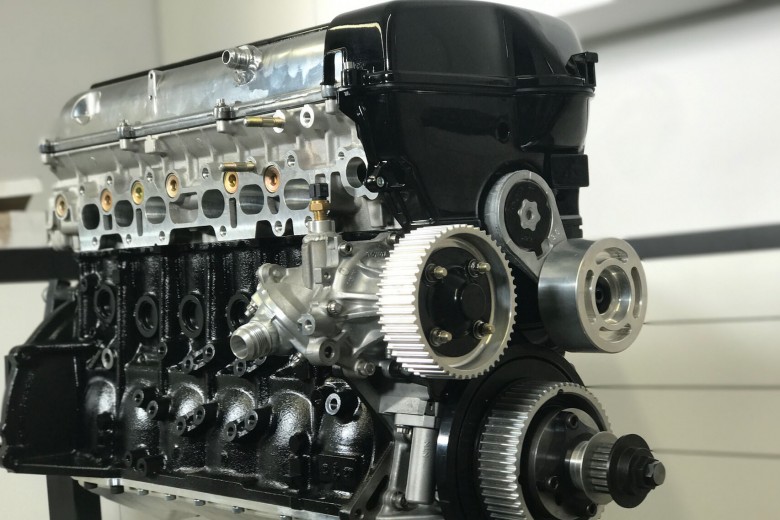
To build a fresh 2JZ-GTE motor, you’ll want to start with the Engine Building Fundamentals course, followed by Practical Engine Building, which contains a dedicated 2JZ-GTE worked example following each step of the process.
The smart move here is to pick yourself up the Engine Building Starter Package, which includes these two courses plus a course that teaches you how to degree your cams — all for a big discount.
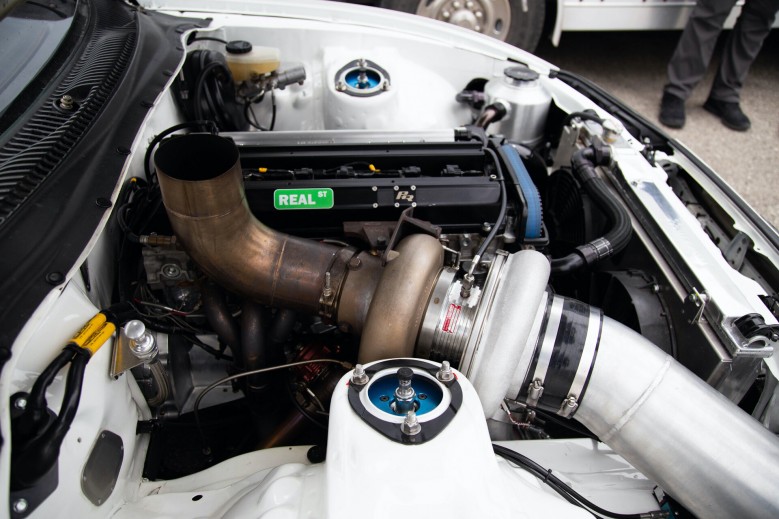
Once you’ve built your 2JZ-GTE, it’s time to tune it.
Contrary to what many people think, this is something you can do yourself with the right knowledge, skills, and guidance.
Start with EFI Fundamentals and Understanding AFR (air-fuel ratio). After that, you can learn how to put all your new knowledge into practice with the Practical Standalone Tuning course. Again, bundle these and save with the Tuning Starter Package.
Throughout this process, if you ever find yourself stuck, you’ll have access to our support forums, where you can post any questions you’ve got and get answers from tutors and the wider tuning community.
The 2JZ-GTE is one of the best engines ever made — it only makes sense that you do this legendary motor justice by learning how to build and tune it at a professional level. Enjoy!
